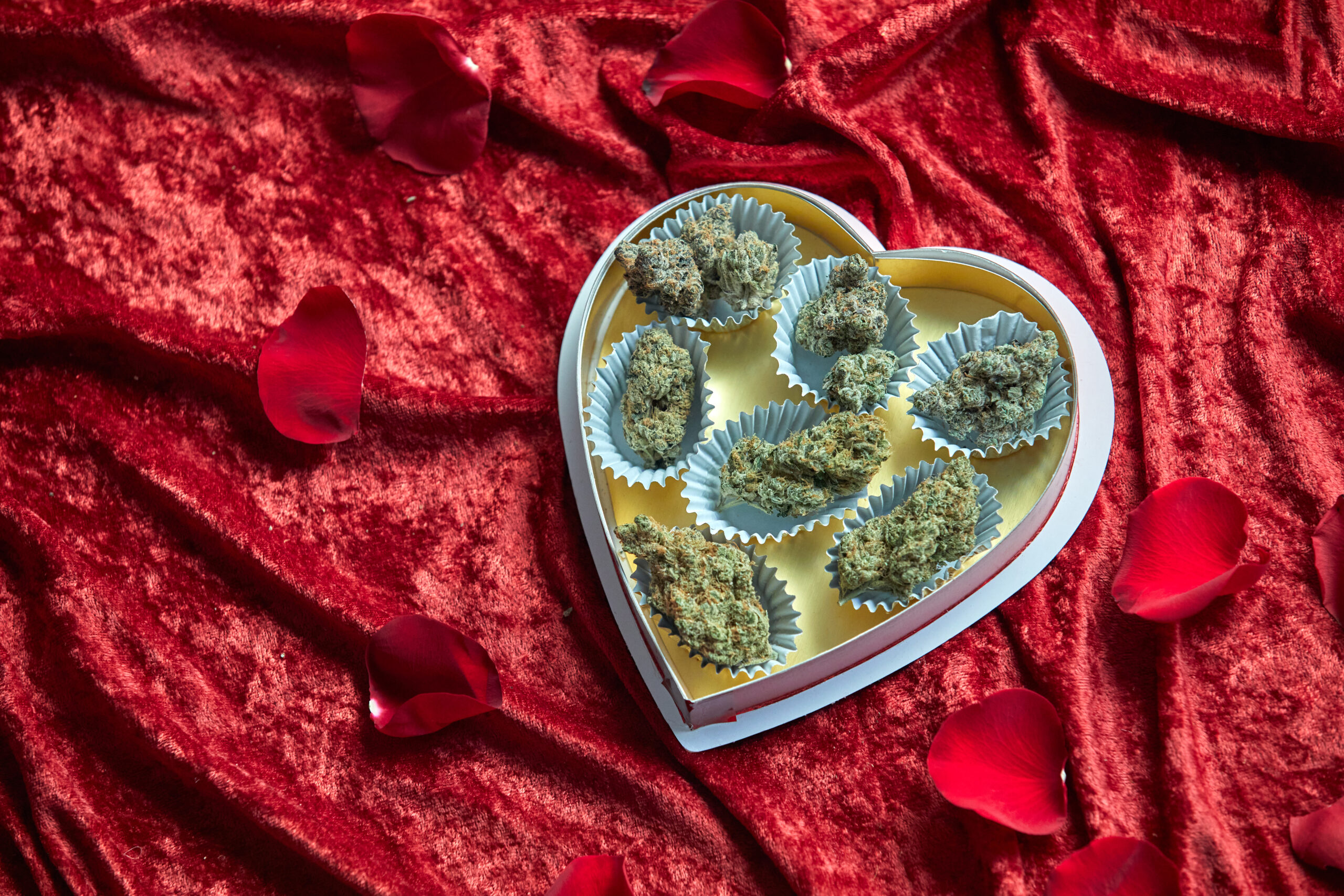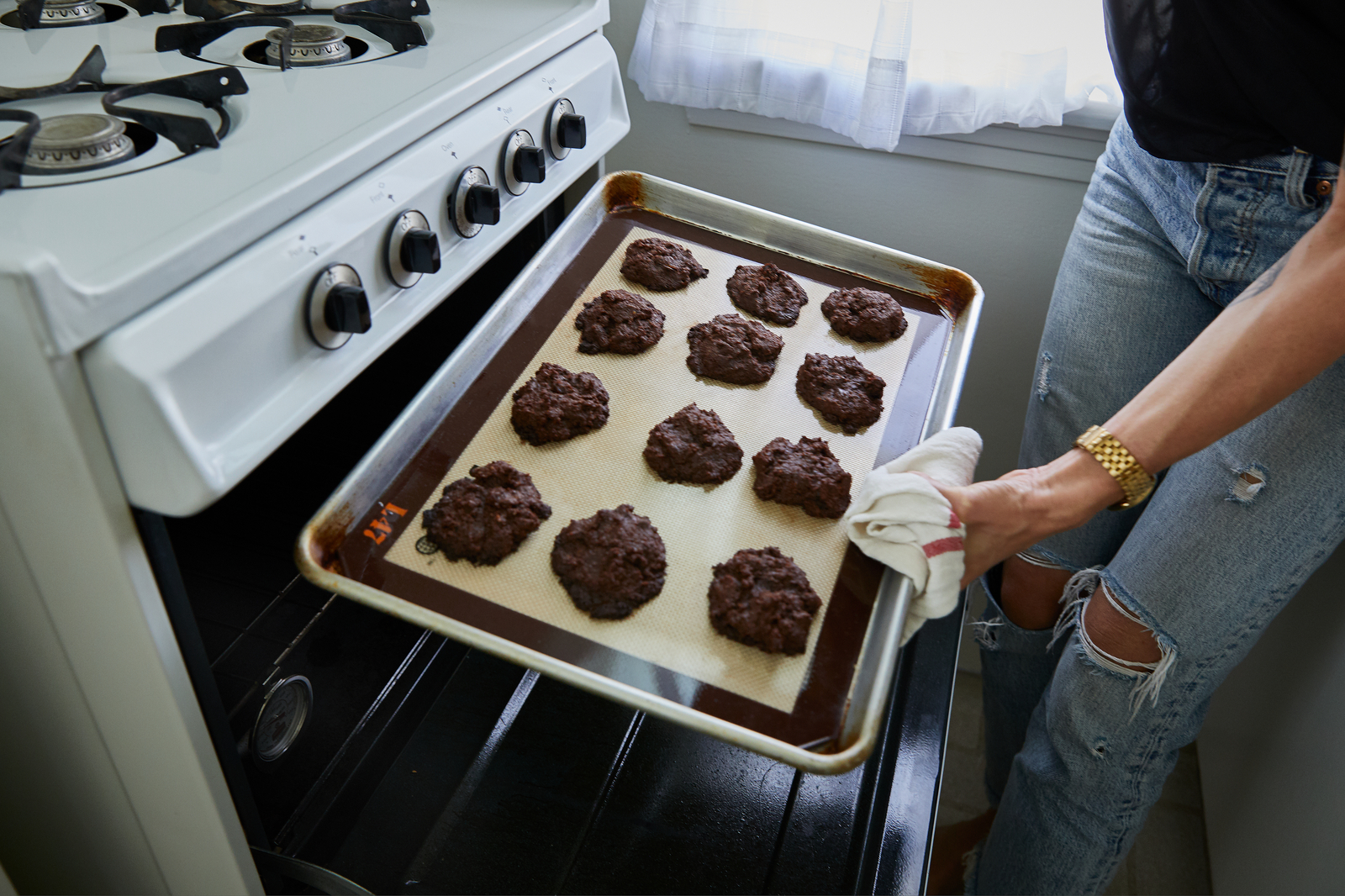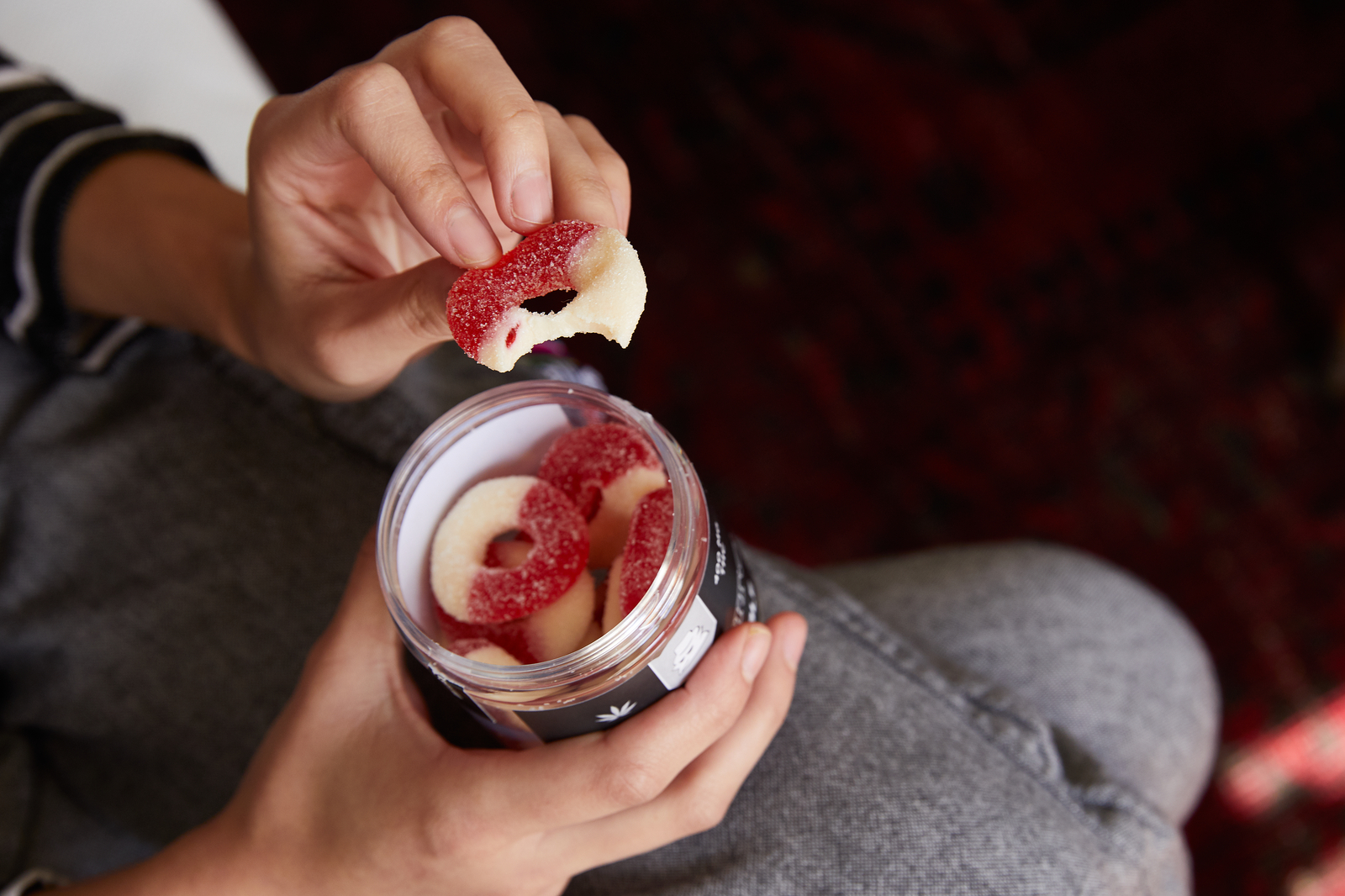Edibles may come in more shapes, sizes, and flavors than ever, but that doesn't mean there's no room for customization. When you learn how to make cannabis chocolates for yourself, you can exercise greater control over the potency, cannabinoid ratios, flavor combos, and appearance of your edibles.
Maybe you've always dreamed of finding a 1:1 edible with high doses of both CBD and THC, or maybe you simply want the weed you eat to come in a fun shape, like a dinosaur. Once you master the art of making weed chocolates at home, the sky's the limit.
Why cannabis chocolates?
Simplicity: Cannabis chocolates require few materials, no oven, and no baking skills, so they're relatively easy to make. The hardest step to master is tempering the chocolate (which we'll get to in a minute), but even that can be overcome with a few tried-and-true techniques.
Consistent dosing: Chocolates are nearly foolproof compared to other homemade edibles that require perfectly even mixing to ensure dosing consistency. For this recipe, all you need is your favorite cannabis tincture and the ability to read the dosing instructions on the bottle. By adding the tincture directly to each chocolate instead of mixing a specified amount to the entire batch, you can ensure each chocolate has the exact potency you want.
Complementary chemicals: Like cannabis, cacao is a plant — but the striking similarities don't stop there. Eating chocolate produces effects that are similar to consuming cannabis, albeit much subtler. That's because cacao beans produce anandamide, a compound that interacts with the human brain similarly to THC, producing euphoric sensations. It's no wonder chocolate and cannabis go together.
Please note: If you've never consumed edibles before or aren't sure of their legal status in your state, this is not the guide for you. Consult our guide to trying edibles for the first time and the laws in your state before proceeding to the next steps.
A word on tempering
Making weed chocolates can be broken into two phases: tempering and candy-making.
Tempering chocolate may sound advanced, but it's all about ensuring you melt your chocolate evenly without overheating it. There's real science behind this involving crystal structures and precise temperatures, which you can read about in great detail here. Other guides will recommend using a double boiler, but you can achieve perfectly tempered chocolate simply by employing a plastic bowl and patience.
What's the difference between untempered and tempered chocolate, and how can you tell if you've tempered your chocolate correctly? When the chocolate cools and hardens, it'll have a glossy sheen and snap when you break it. Improperly tempered chocolate, or fake chocolate made with emulsifiers instead of cocoa butter, will look dull once cooled and may melt more quickly at room temperature. In terms of which types of chocolate we recommend working with, dark chocolate is the easiest to melt and manipulate, while white chocolate is the hardest. Chocolate chips are not recommended for chocolate making unless they contain real cocoa butter.
The bottom line: Look for cocoa butter in the ingredient list, and take your time melting the chocolate to avoid overheating.
How to make cannabis chocolates
 Photo by: Gina Coleman/Weedmaps
Photo by: Gina Coleman/WeedmapsImage lightbox

To get started, you will need:
- Knife
- Cutting board
- Plastic bowl
- Microwave
- Spatula
- Spoon
- Oil spray or cannabutter
- Chocolate molds
- 9 ounces of real, high-quality chocolate
- Cannabis tincture of your choice
Steps for the tempering phase:
- Finely chop the chocolate
- Put your finely chopped chocolate in a plastic bowl
- Heat the chocolate in the microwave for 30 seconds
- Stir the chocolate thoroughly
- Heat again for another 30 seconds
- Stir thoroughly
- Heat for 15 seconds
- Stir thoroughly
- Heat for 10 seconds
- Stir thoroughly
- As soon as most of the chocolate melts, don't heat it anymore, but continue stirring until it's thoroughly melted
Steps for the candy-making phase:
- Spray your chocolate molds with oil or coat them with cannabutter for added potency
- Spoon the melted chocolate into the molds, filling them halfway
- Add a few drops of tincture to each mold, dosing the same amount in each for consistency
- Add nuts, dried fruits, or potato chips, as much as your molds allow
- Fill the rest of the molds with melted chocolate
- Cool in the refrigerator for an hour
- Pop the chocolates out of the molds
- Enjoy!
Storage tips
Place your cannabis chocolates in an airtight container and store them in a cool, dry place to preserve their flavor and potency. Keep them away from light so they don't melt or spoil. Depending on the fillings you add to your chocolates, they should stay fresh for several weeks or more when stored properly.
Missing the main ingredient? Order a cannabis tincture for pickup or delivery.




